Bencubbinite CB
The meteorites of this newly designated group are named for their type
specimen Bencubbin, which has been found in Australia in 1930. Only five
meteorites constitute this group, plus one new member that has recently
been found by our team: NWA 1814. There's only one witness fall for this
familly: Gujba.
The bencubbinites are strange meteorites that contain more than 50%
nickel-iron. If you consider this, they could be easily regarded as true
stony-irons, but their mineralogical and chemical properties clearly put
them into the clan of the carbonaceous chondrites, or more strictly
speaking into the CR clan. Besides the free metal, they contain highly
reduced silicates as well as armed chondrules similar to those found in
the members of the CR group. Some members of the CB group also contain
CAIs; e.g. the meteorite HaH 237 from Libya, which was previously
classified as a metal-rich CH chondrite.
This shows the close relationship between the CH and CB chondrites,
which are both members of the CR clan. It is probable that all members of
this clan formed under different conditions in the same region of the
primordial solar nebula, but it's also possible that they are all part of
one and the same parent body. That being so, 2 Pallas, the second largest
asteroid of our solar system, would be a prominent candidate to be the
possible common source of the meteorites of this clan. At least the
reflectance spectra of the CR chondrites seem to match the spectra of 2
Pallas quite closely suggesting that those meteorites might have been
derived from this large asteroid through impact events. On the other hand
the meteorites of the CR clan don't show too many signs of an impact
history such as brecciation, shock-veins etc. so that they might have been
derived from much smaller parent bodies which aren't to be identified that
easily.
The bencubbinites have been divided into two petrologic subgroups, CBa
and CBb, representing those with cm-sized metal and silicate
chondrules (Bencubbin, Weatherford, Gujba and NWA 1814), and those with
mm-sized chondrules (HaH 237 and QUE 94411), respectively
GUJBA, CB3a
Fell April 3,1984
11° 29' 30" N., 11° 39' 30" E.
At 6:30 in the evening, a bright fireball approaching from the
west was seen and heard by local residents. The cone-shaped mass
that landed in a corn field near the village of Bogga Dingare in
Yobe, Nigeria, was estimated to have weighed ~100 kg, but most of
the mass was broken up into small pieces and lost.
Gujba is the only fall among the bencubbinite group.
|
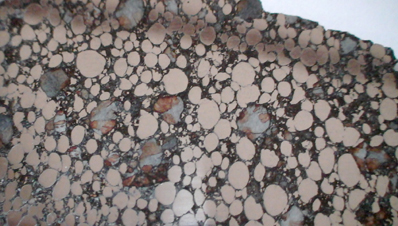
|
|
|
|
|
|
|
|
|
|
|
|
|
|
Gujba 00
THE largest slice available Worldwide !!! 17 X 9 cm
!!!
216gr
**Price
on request
|
|
|
|
  |
|
|
|
|
|
|
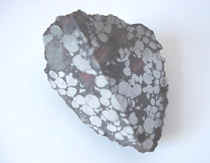

|
 |
|
 |
40 X 30 X 20 mm
69 gr
cut on two faces
Price: SOLD |
|
39 X 25 X 3 mm
10.58 gr
polished slice
price: SOLD
|
|
|
|
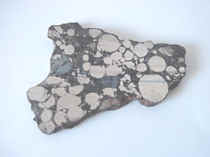  |
|
|
|
|
|
|
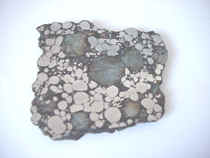 
|
|
|
|
48 X 46 X 4 mm
39.30 gr gr
has some fusion crust with bubbling, geant chondrules ....
A Museum piece for the advanced collector
Price: SOLD
|
|
|
|
|
|
|
|
38 X 25 X 3 mm
SOLD 9.806 gr
polished slice
price: $950
|
|
|
|
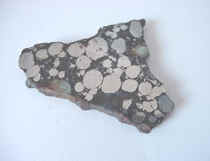  |
|
|
|
|
|
|
 
|
|
|
|
31 X 22 X 6 mm
14.64 gr
a thick slice, interesting for
who want to cut small pieces
price: SOLD |
|
|
|
|
|
|
|
38 X 25 X 2 mm
8.972 gr
great polished slice
SOLD
price: $950
|
|
|
|
  |
|
|
|
|
|
|
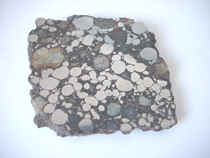 
|
|
|
|
45 X 42 X 4 mm
40.5 gr gr
Our second best crusted slice
price: SOLD
|
|
|
|
|
|
|
|
|
|
|
|
|
|
|
|
|
|
|
|
|
|
|
|
|
|
|
|
|
|
|
|
|
|